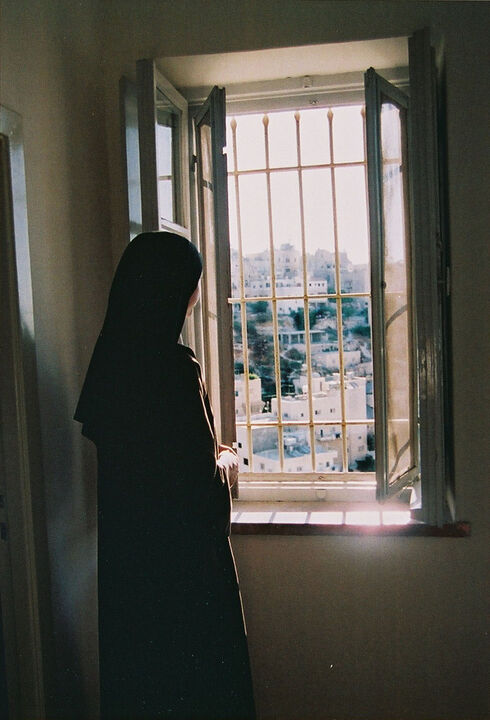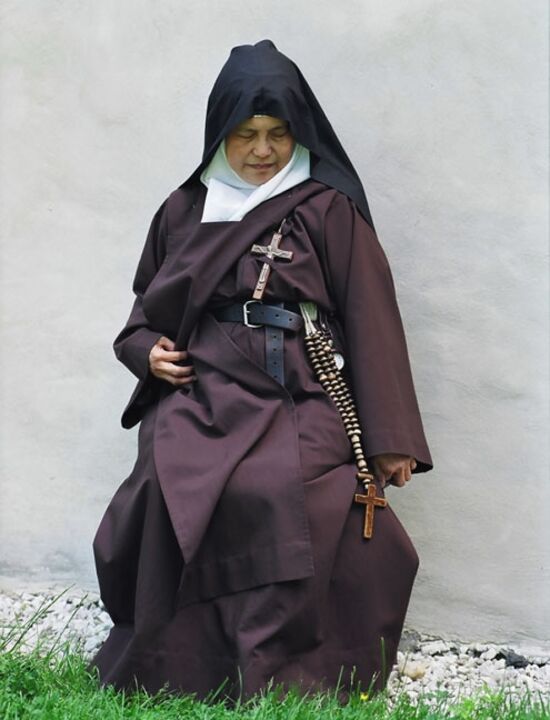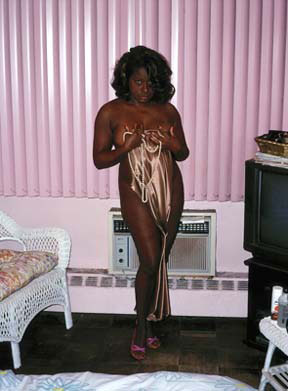Lili Almog, New York, USA
Israeli-born photographer Lili Almog (b. 1961, Tel Aviv) is renowned for her intimate spiritual portraits of women cultural identities around the world. Lili moved to New York in the mid 80’s and began her career as a photojournalist for several international news publications focusing primarily on fashion and portraiture with artistic focus on creating representations of the feminine body and psyche. More recently her work is focusing on environmental portraiture an experimental direction which portray social behavior by engagement with landscape
She has been exhibited widely, with solo shows at several international venues including: The Tel Aviv Museum of Art, Israel; SF MOMA, California; Victoria and Albert Museum, UK; Photographers’ Place, UK; The New York City Alternative Museum, New York; Griffin Museum, Boston, MA; Museet for Fotokunst, Denmark; Museé de la Photographie a Charleri, Belgium; Ffotogallery, UK; Prague House of Photography, Czech Republic; and Herzliya Museum of Contemporary Art, Israel.
Her photographs are included in public collections at The Museum of Modern Art, San Francisco, CA; The Houston Museum of Fine Arts, Houston, TX, Israel Museum, Jerusalem, Israel; Milwaukee Art Museum, Milwaukee WI; Norton Museum, West Palm Beach, FL; Victoria and Albert Museum, London, UK; Musee de la Photographie in Belgium and numerous private collections.
Perfect Intimacy
“Wanted: A few good women. Must be able to totally give of themselves and say "no" to the ways of the world. Candidate must be willing to turn away from home, family, possessions, the prospect of marriage and children--and she must be totally ready to lose her own will. She must be prepared for long hours of manual labor, service to community, and--above all--be willing, indeed desire to pray, pray, pray.”
It was a sunny winter day. I went through a large metal gate, and climbed up a tangled road surrounded by a modest garden until I reached the front door. At this moment the urban world receded and monumental religious architecture enveloped me. It was very quiet. I pressed the buzzer and waited. A few minutes passed before I could hear the echo of movement and the opening and closing of doors. Finally the door in front of me opened. For me it opened into a new world. My journey had begun. The inside of the building didn’t look as old as the outside wall and it was well maintained. I saw that every window was heavily gated, and the main doorway was constructed of heavy wood and metal. I stepped through that door to continue my exploration of women and their private spaces - to objectively experience the cloistered world these women live in, and to symbolically capture their essence, the state of mind and the spiritual identity of these women who were influenced by western culture in yet another way. During the last two years I made extensive visits to nuns in three different Carmelite monasteries. The first one was at Mount Carmel in Haifa, Israel, where the original order was founded and assumed it's name in the year 1200. The second monastery was at the birthplace of Jesus, Bethlehem, Palestine. The third was the first Carmelite monastery in the United States founded in 1790 at Port Tobacco, Maryland. These monasteries occupy their locations like bubbles in the middle of estranged, non-religious neighborhoods. Here, behind closed doors, the nuns live contented and absorbed in a state of unconditional love and surrender to their savior.
*The opening quote comes from the website of the Port Tobacco Monastery in Maryland.


Bed Sequence
Depicted mostly by men in the past, portraits of women in their private chambers have been one of the grand subjects in the history of art and literature. How does one update or translate such images, of painting, of the portrait as testimony, even of photojournalism? How do images of private settings read in modern times, and when composed by a woman artist? During the last ten years I have focused my artistic efforts on creating representations of the feminine body and psyche, most often using photography as my medium. For the last three years I have turned my attention to the documentation of women in their bedrooms, a most private, intimate interaction. Friends, acquaintances, or people I meet in public situations are asked at random to participate. Their age and social status varies. I often do not know them. Up to this point, I have photographed more than forty women, ranging in age from 18 to 76 years, choosing each for her individual characteristics, mostly from the New York City area. I chose the bedroom as a kind of stage for us to work from - a comfortable place to undress and exhibit one's personality. The bed itself liberates us and grants permission for free expression, as the bedroom is a place where each day we lose our self-consciousness, consciousness, and our inhibitions in solitude, sexual practice and sleep. The sessions are unscripted and the room is photographed as I find it. Any set up is chosen by the woman, along with the clothing selection and the initial action, and then develops as a part of the dialogue between us. While talking with the subject and shooting stills, I also use a video camera to record the session. The video, subtitled “a videocollage” offers the subject’s commentary on herself, her bedroom, her dreams, her past and life in general. In this way I am documenting both the woman and the space she surrounds herself with, and am enriching the story through the layering of information for the viewer. While a common thread initiates every work, each portrait becomes a kind of unplanned exploration of the sitter and of myself. This project establishes a dialogue between photography, gender and history, with an awareness of the current state of mass media and reportage.

Books
Perfect Intimacy,2006, power house
The Other Half of the Sky, 2009, power house
Collections
San Francisco Museum of Modern Art, California, USA
Israel Museum, Israel
Milwaukee Art Museum, WI, USA
The Art Museum, Lexington, KY, USA
The Museum of Fine Arts, Houston, Texas, USA
Norton Museum of Art, Florida, USA
Victoria and Albert Museum,England
Museé de la Photographie, Belgium
Herzliya Museum of Art, Israel
Museet for Fotokunst, Denmark The New York, USA
Academy of Art, New York, USA
CDW Collection, The Samuel Dorksy Museum, New York, USA
Godwin-Ternbach Museum, Queens, New York, USA
Teutloff Photo and Video collection, Bielefeld, Germany
And numerous private collections








